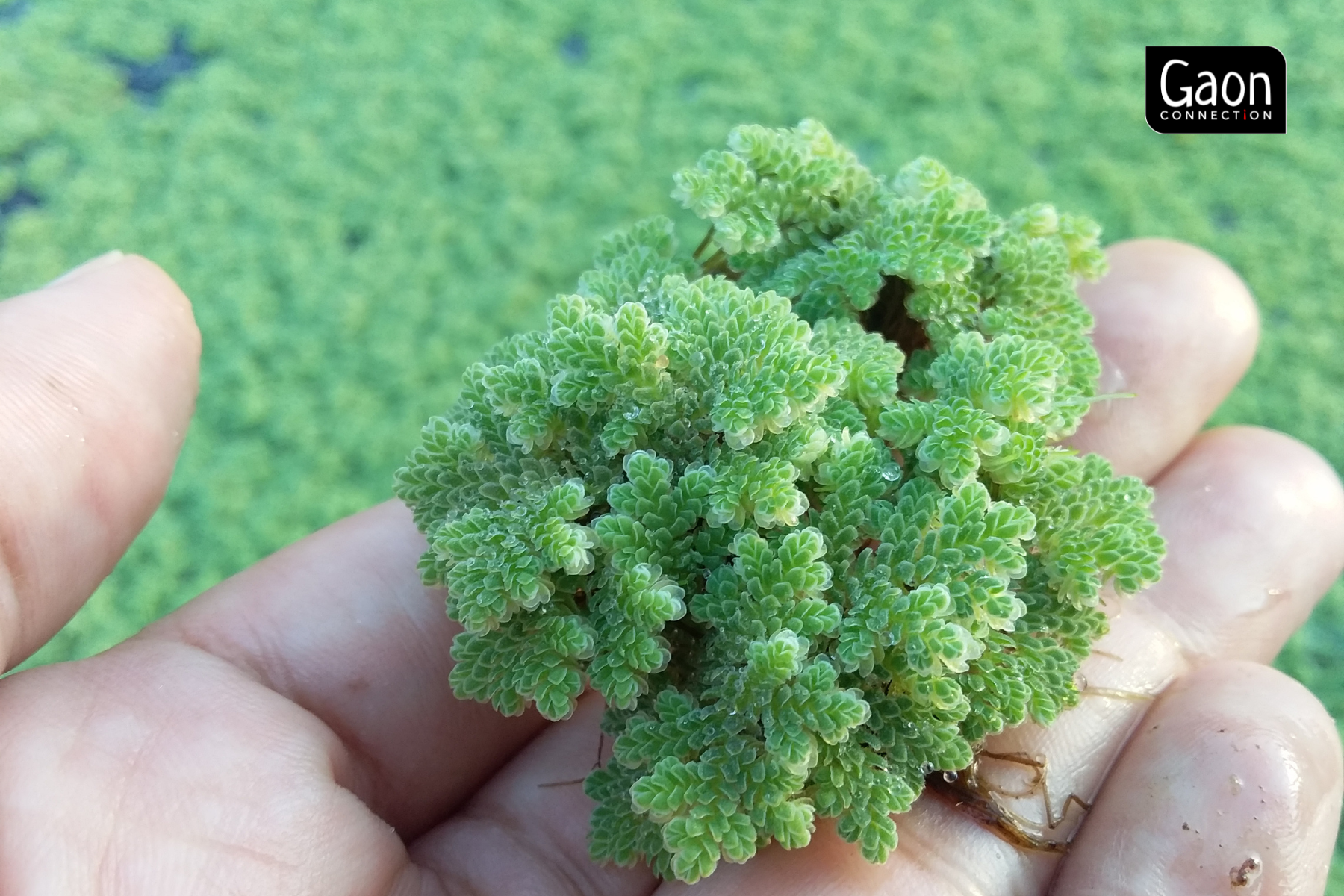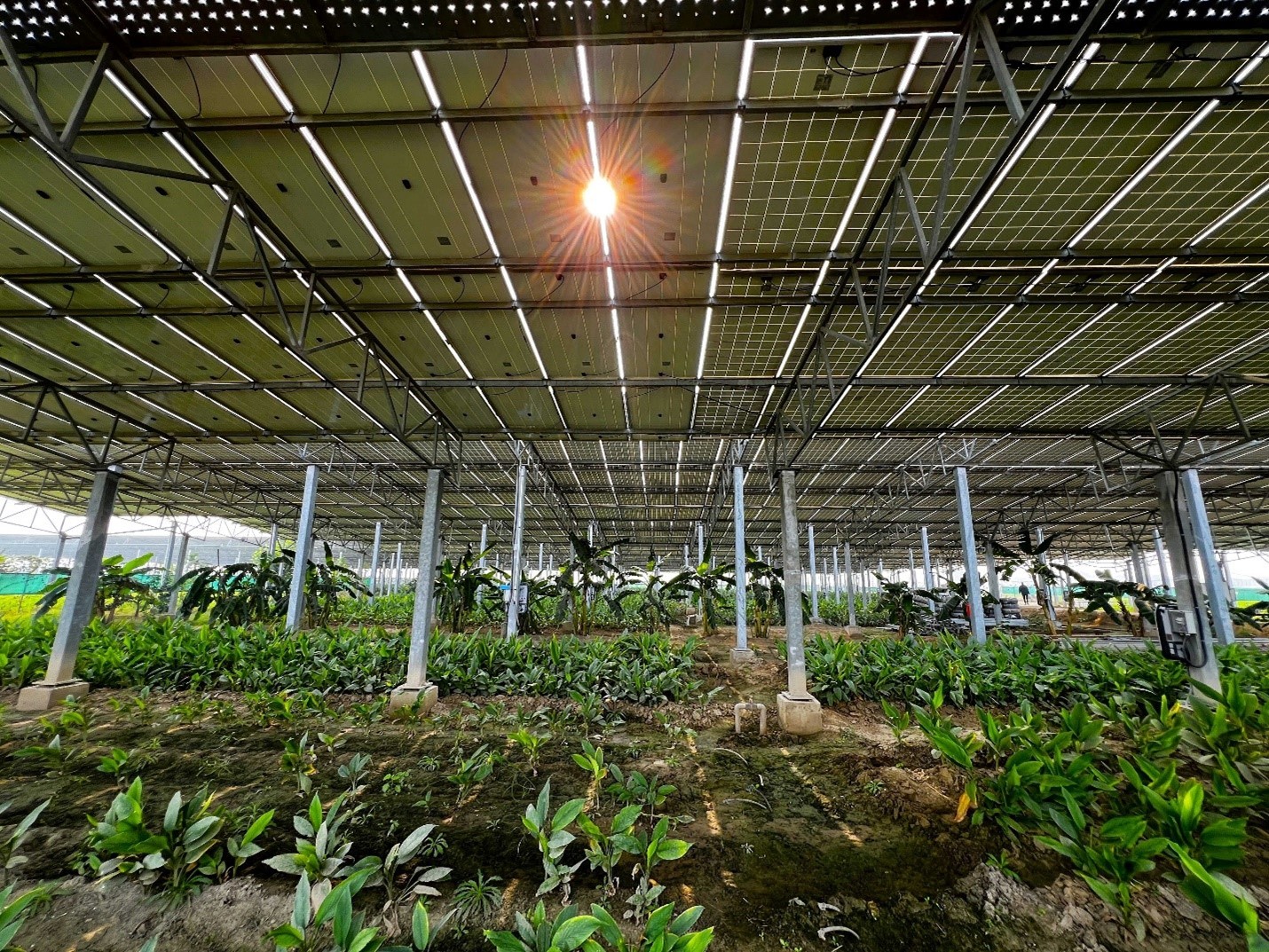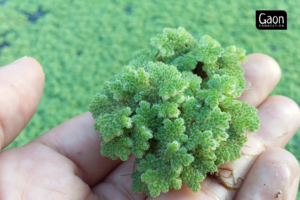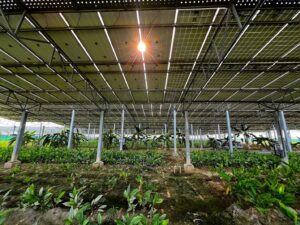Leakage from an oil well in Assam’s Baghjan area in Tinsukia district, culminating in a blast that resulted in a raging fire on June 9, has gutted numerous houses in the adjoining villages and devastated large swathes of highly eco-sensitive wetland, grassland, and a wildlife sanctuary. The damaged well is located next to the Dibru-Saikhowa National Park.
A thick film of oil covers almost everything in sight within the two kilometres radius of the burning oil well, and water in the Maguri Motapung beel (lake) has turned blue and yellowish due to the oil spill, local villagers told Gaon Connection while sharing pictures of numerous birds, animals and aquatic life that have perished due to the widespread pollution. This oil well inferno is being claimed to be one of the worst such disasters in the country.
The fire – residents said it was visible from Tinsukia town located 10 km away – has claimed the lives of two fire-fighters employed with the Oil India Limited (OIL), the public sector unit that owns 19 oil wells in Assam’s Tinsukia district. One of these wells of the OIL is on fire, which the experts claim may take four weeks to be put out.
A press release from the OIL said Alert Disaster Control, a Singapore-based company, was roped in to assess the situation and decide on a roadmap for recovery. The Air Force has sent three fire engines to control the blaze and the Army has also reached the area.
Meanwhile, at least 7,000 local people are affected by the raging fire and have been shifted to 12 relief camps.
“Authorities have managed to douse the fire in Baghjan and the adjoining villages, but the inferno in the oil well that was leaking continues to rage,” Subhankar Sharmaroy, a member of the All Assam Bengali Student Youth Federation, who is engaged in relief work among evacuees told Gaon Connection. Local media reports quoted OIL officials saying it would take 28 days to douse the fire in well number 5, even as residents and environmental experts warn the incident would take a massive toll on livelihoods, ecology, and wildlife in the biodiversity hotspot.
Baiting an ecological disaster
The OIL discovered oil and gas in the Baghjan area of Assam’s Tinsukia district in 2003. Since then, the company has drilled 19 wells in the area. Locals said there had been several incidents of fire in the area in the past few years, but their pleas for adequate protective measures had fallen on deaf ears.
On the morning of May 27, the well number 5 started leaking gas and local people experienced strong smell and immense difficulty in breathing, severe irritation in their eyes and skin. The OIL issued a press release the same day saying, “All efforts have been made to mobilise men and equipment at the site so that the well can be brought under control. Further, the Crisis Management Team from ONGCL, Nazira has been mobilised to assist the OIL’s efforts to control the well at the earliest.” The press release also said that the OIL had made arrangements for “adequate water spraying” and was “taking all adequate safety measures” to bring the leakage under control.
Baghjan well blowout:
— Oil India Limited (@OilIndiaLimited) June 8, 2020
Huge arrangements made by OIL workforce to prevent hazard from blowout.
OIL workforce continuously & dedicatedly pumping water into the Baghjan well since the day of blowout to minimize chances of fire from it. pic.twitter.com/WOBidlgy7O
However, local residents dismiss such claims of the company and allege that the OIL was ill-equipped to respond to such a disaster. “Merely spraying water in such situations is of little use. Although the OIL has no dearth of resources, it neither has personnel nor equipment to deal with such a crisis,” a school teacher from one of the affected villages told Gaon Connection, requesting anonymity for fear of reprisals.
“On June 5, we submitted a memorandum to the District Collector and the OIL officials urging them to take urgent steps to control the gas leak from the well. They assured us timely action, but the blast on June 9 shows precious little was done to address our concerns,” Sharmaroy told Gaon Connection. He said several other organisations active in the area had submitted similar memorandums to the authorities, but no serious action was taken.
Destruction of lives, livelihoods and ecology
Baghjan is a biodiversity hotspot and attracts a large number of migratory birds, tourists, wildlife enthusiasts and bird watchers every year. The oil field is located close to the Dibru-Saikhowa National Park, the Maguri-Motapung wetland, and the confluence of three rivers that together form the mighty Brahmaputra.
“The oil spill has browned lush forests and acres and acres of grasslands. This is causing a massive shortage of food for our goats and cows, and many animals weakened by the exposure to toxic substances have perished in the past two weeks. Worse, the oil spill and fire have destroyed farmlands and tea gardens,” said the school teacher, warning it could severely imperil livelihoods of people in the area, who subsist on farming, fishing and small tea gardens. “We don’t even know the composition of the toxic gases emanating from the well, and are at a loss about what measures we could take to secure our health,” he told Gaon Connection.
The oil spill and fire have also dealt a body blow to the wildlife and aquatic biodiversity in the area – locals shared numerous pictures of dead birds and animals, including a singed river dolphin that surfaced in the Maguri-Motapung wetland.
“The Baghjan area is home to 16 globally-threatened species of birds and animals, including the Black-breasted parrotbill, Marsh Babbler, Jerdons Babbler, Greater Adjutant and Bengal Florican. Preliminary reports gathered by us show the existence of some these species may be under grave danger, as this is the peak breeding season for them and several young birds have perished owing to the severe toxicity,” Girish Jathar of the Bombay Natural History Society (BNHS) told Gaon Connection. A three-member team of the BNHS is currently touring the affected area to assess the damage to flora and fauna, and is likely to submit its report in a week’s time.
Although the OIL has not specified what caused the blast on June 9, local media reports claim scorching weather for two days prior to the blast may have ignited the gas leaking out of the cell number 5, resulting in the blast. There is no official word yet on the scale and extent of damages on account of the leakage and fire.
The incident has, however, raised a question mark over the May 11 clearance granted by the Ministry of Environment, Forest and Climate Change to the OIL to extend drilling to seven new locations inside the Dibru-Saikhowa National Park. More oil wells in the biodiversity hotspot may further threaten the fragile ecosystem and severely affect the lives and livelihoods of vulnerable communities in the area.



















